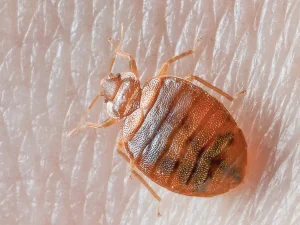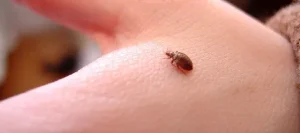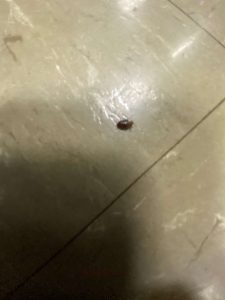New research from Virginia Tech reveals that bed bugs are likely the first human pest, tracing their evolution from bat parasites to modern urban dwellers. Learn how this discovery shapes pest control strategies.
BLACKSBURG, Va. — New research from Virginia Tech shows that bed bugs (Cimex lectularius) may be humanity’s first known pest. This groundbreaking study not only reveals the ancient history of these resilient insects but also offers insights that could improve models predicting the spread of urban pests and diseases.
“We wanted to look at changes in effective population size, which tells us how many breeding individuals are contributing to the next generation,” said Lindsay Miles, lead author and postdoctoral fellow in the Department of Entomology. “That can reveal what’s been happening in their past.”
From Bats to Humans: A 60,000-Year Journey
Researchers traced the origins of bed bugs back around 60,000 years, when they likely transitioned from feeding on bats to feeding on humans. This change coincided with modern humans leaving caves, taking some bed bugs with them and creating a distinct, human-associated lineage.
“Modern humans moved out of caves about 60,000 years ago,” explained Warren Booth, Joseph R. and Mary W. Wilson Urban Entomology Associate Professor. “There were bed bugs living in those caves, and when humans moved out, they brought some of those bed bugs with them. That’s why the human-associated lineage has less genetic diversity than the bat-associated one.”
During the Last Glacial Maximum (around 20,000 years ago), both bat- and human-associated bed bug populations declined. However, only the human-associated bed bugs bounced back, likely due to human population expansion and the formation of large settlements like Mesopotamia.
“Initially, both populations declined during the ice age,” said Miles. “The bat-associated lineage never recovered and is still decreasing in size. The human-associated lineage, however, rebounded — their effective population size increased.”
A Look at Bed Bug Genetics and Resistance
Virginia Tech researchers also analyzed the genome data of these insects to uncover evolutionary differences between bat- and human-associated bed bugs. Of particular interest is the discovery of pesticide resistance in modern bed bugs.
“In the last 100 to 120 years, bed bugs were common in the old world, but DDT [dichloro-diphenyl-trichloroethane] almost wiped them out,” Booth noted. “However, within five years, they reappeared — this time resistant to the pesticide.”
These insights underscore the importance of understanding bed bug evolution to develop effective pest control strategies. Researchers are also investigating a potential genetic mutation linked to pesticide resistance, which you can read more about here.
Implications for Urban Pest Management
Understanding the evolutionary journey of bed bugs can help scientists build better models for predicting the spread of other urban pests and related diseases. With rapid urbanization, studying these insects’ adaptability and resilience is more important than ever.
Source: wsls.com



